
The turn of August and September is the traditional period when a set of grapes for wine production is started in Crete. One of the most important decisions affecting the quality of the future drink is to determine the most favorable harvesting moment. It is a very risky moment in which the weather begins to play an increasingly important role. A few rainy days or hail can nullify the previous work put into the cultivation of plants. Delaying the harvest is associated with the risk of fruit damage and their increasing susceptibility to any kind of mechanical damage or disease. However, too early harvesting may be synonymous with obtaining fruit that will not have the necessary properties necessary to produce good wine.
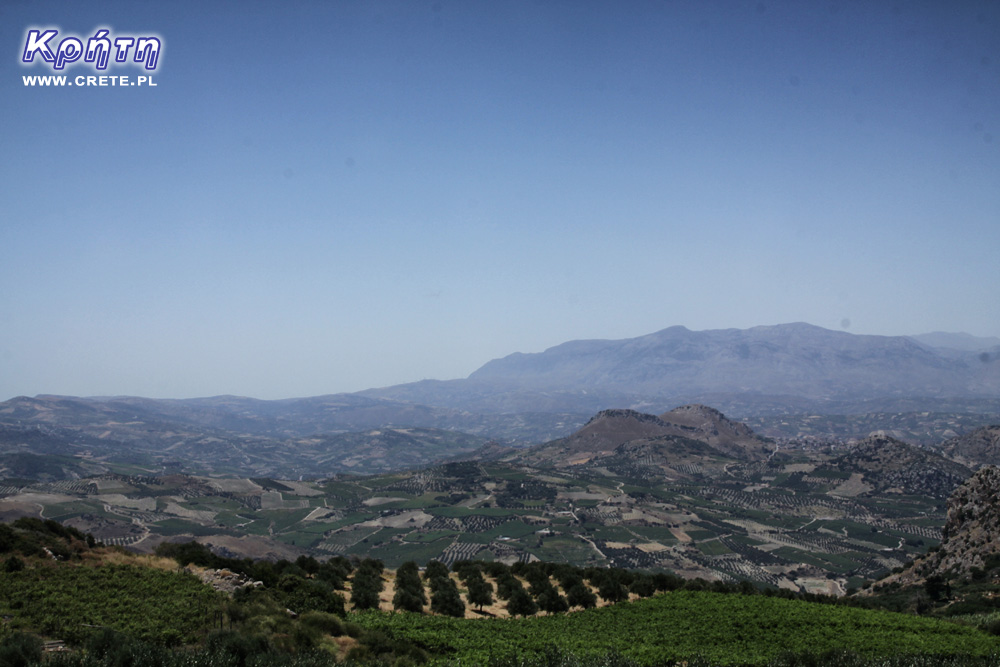
In the past, the assessment of grape maturity was largely based on the experience of a vintner who, by eating a fruit, was able to assess its acidity and sugar content. Nowadays, high market requirements do not allow such subjective and random assessments. Although the taste qualities of the fruit are still important, the chemical composition of the grapes is a real factor determining the moment of harvesting. These parameters are obtained from various types of electronic gadgets (it is worth mentioning, for example, refractometers), which are on the equipment of a contemporary farmer and vintner. Fewer and fewer things are left to human subjective judgment, let alone pure randomness.
The production of a particular type of wine requires the use of fruits with pre-established properties. Before harvest, the grapes are carefully verified in terms of sugar content and acidity. In the area of the evaluation performed by tasting, there is still testing of the quality of tannins, which have a significant impact on the later taste of the wine. The high complexity of the reaction of maturation of these phenols causes that their assessment continues to cause many problems. Up to now, the best device for testing their quality is the experienced palate's vintner.
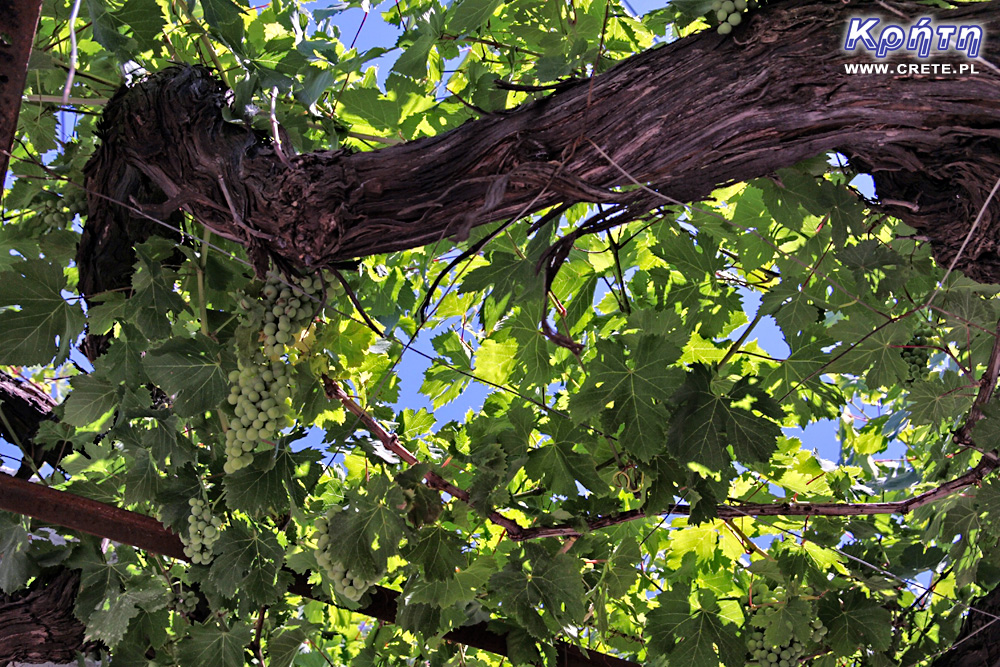
In many regions of the world, manual harvesting of grapes has gone down in history. Yes, the specialized machines costing the fortune do not do this as accurately and as gently as human hands, but they are disproportionately faster, they do not get tired and in general their exploitation is cheaper than paying for a large group of workers.
After all, the manual collection did not go away. Some of the wineries still prefer to use people's services. It is also worth mentioning that the production of some types of wine even forces the use of a manual collection. An important factor affecting the manner of harvesting is the terrain. This is particularly important in the mountainous regions of the world, such as, for example, Crete. Steeply sloping slopes are too big an obstacle even for the best machines currently available on the market.

Wine is a liquor that is present on the Cretan tables from the distant past. Already in the Minoan period viticulture and wine production was one of the most important elements of the then economy and culture. This historical heritage is present in Greek homes to this day. Looking at a typical Cretan dinner and various parties, it will be difficult to find a table on which one carafe filled with one of the local wines will not be found. Those served in houses in the countryside and in taverns located in smaller towns are usually wines of their own production. It is worth trying them, because sometimes their taste and quality can surprise you. Let us also add that Greek wines try to gain new markets also outside the EU, such as in the USA, China, Canada, Russia and Switzerland. One of the most recent projects of the Greek Ministry of Rural Development and Nutrition, worth EUR 16 million for promotion and advertising, is to support them.
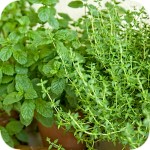
It is herbs added alone or in compositions that add this unique accent to simple Greek dishes. Those growing in Greece are unique due to the unique climate: a large number of sunny days throughout the year, soil, sea climate.
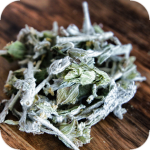
If you are going to Crete for the first time, be prepared for the explosion of real flavors and aromas. Cretan vegetables and fruits are fresh and full of flavor, while wild herbs that smell in the air, emphasize the taste of simple dishes with their intense aromas.
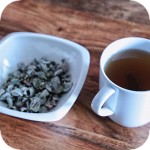
Origanum dictamnus plant is another flagship product of Crete, also known under the names: Dittany, Δίκταμο, hop majoram, Dittany of Crete or Cretan dittany. It is a perennial crop plant occurring in natural environment only in Crete. Over the centuries, many gatherers have died or injured during attempts to obtain a plant, because it occurs on quite hard to reach areas. Its 20-30 cm bushes are most easily found on limestone mountain slopes, in ravines and on cliffs.
Komentarze
Wypełnij poniższy formularz aby dodać komentarz